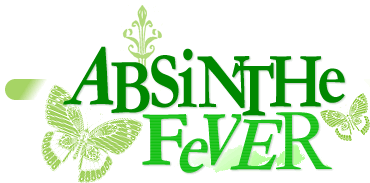
Home > All about absinthe > Thujone
Showing message 4 of 13 posted to:
Thujone
-- By Peter Turnbull in Essex on Fri, 30 Mar 2007 at 09:19.
It is my understanding that thujone (from wormwood) and anethole (from fennel and star anise) are jointly responsible for the effect experienced by the absinthe drinker. Thujone was traditionally suspected, while the other herbal constituents of absinthe were ignored.
Show all messages (13) posted to
the "Thujone" page
Copyright © 2006 AbsintheFever.com Contributors.
All Rights Reserved.

Thujone is found in a variety of common plants and herbs. In absinthe, thujone comes from wormwood (pictured), the wild-growing perennial that is especially rich in the substance. (Photo: H. Kress)

About thujone
The Wikipedia entry on thujone gives an overview of the substance's chemical composition and pharmacology. Also includes a brief discussion of thujone content in absinthe (modern and pre-ban).
Vivienne Baillie Gerritsen, writing for the Swiss Institute of Bioinformatics in 2005, isn't too thrilled by the Green Fairy's comeback. A scientific analysis of the effect of thujone, or a modern-day anti-absinthe rant? You decide.
Should you care to know that the substance's formal chemical name is "1-isopropyl-4-methylbicyclo[3.1.0] hexan-3-one", then the geeky 3Dchem's interactive 3-D model of the thujone molecule is a toy you'll like. Unfortunately, the associated article contains quite a few factual errors.




Questions about absinthe answered... plus open forum.
P_/thujone/forum/post thujone








